Designing Kids & Family Spaces

Designing Kids & Family Spaces
Creating a home environment that nurtures both children and family life requires thoughtful planning. Kids & family spaces should be tailored to offer safety, creativity, and flexibility, catering to the various needs of every family member. These spaces serve as areas for play, relaxation, bonding, and personal growth, making it essential to design with both function and fun in mind.
Understanding the Needs of Kids & Families
The primary focus of any kids & family space is safety. Parents want to ensure that children can explore without risk, and this begins with choosing materials and furniture that are non-toxic and free from sharp edges. Soft surfaces like plush rugs and foam padding help prevent accidents. Furniture should be durable and designed to withstand the energy of a growing child. Ergonomically designed seating and storage options also make it easy for parents to manage the space, especially as the family grows and evolves.
Designing for Imagination and Play
Kids thrive in environments that spark their creativity. By incorporating colorful furniture, interactive elements, and playful accessories, you can create a space where children feel free to imagine and explore. Think about versatile furniture that can transform as kids grow, such as adjustable tables or modular seating that can be rearranged into different configurations. Having plenty of open space for toys, games, and activities also ensures that the room remains dynamic and adaptable to different needs.
Incorporating Family-Friendly Features
While it's important to cater to kids’ needs, family spaces must also be designed for adults. Comfortable seating arrangements, like cozy sofas or recliners, provide parents with a space to unwind. Multi-functional furniture, such as coffee tables with built-in storage or bookshelves that double as room dividers, offer both practical and aesthetic benefits. Designated zones for family activities—like reading corners, game areas, or media centers—encourage family bonding while keeping everyone engaged.
Balancing Organization and Creativity
A cluttered space can be overwhelming, but it’s also important to create a space where creativity can thrive. Use smart storage solutions to maintain order without sacrificing personality. Built-in shelves, toy chests, or wall-mounted racks provide storage without taking up too much space. Open shelving allows children to access their toys easily while also adding a visual element to the room. Adding personal touches, like framed art, family photos, or DIY decor projects, can make the space feel unique and inviting.
Safety Features in Design
When designing kids & family spaces, safety should never be compromised. Opt for furniture with rounded corners, secure shelving to prevent items from falling, and non-slip rugs to reduce the risk of slips and falls. Keep sharp tools, chemicals, and other hazardous materials out of reach. As children grow, their needs will change, so flexible designs that can be adjusted for different stages of life are crucial. Furthermore, the incorporation of soft materials and padded surfaces will help prevent injuries during active play.
Conclusion
Designing kids & family spaces is about creating an environment where both children and parents feel comfortable and supported. It’s about finding the balance between functionality and fun. With safety at the forefront, the goal is to design spaces that promote creativity, provide ample opportunities for play, and allow for family bonding. By blending safety features, smart storage, and vibrant designs, a kids & family space becomes not just a room, but a haven for memories and shared moments.
Details
Author
Top articles
You can now watch HBO Max for $10
Latest articles
You can now watch HBO Max for $10
Designing Kids & Family Spaces
Creating a home environment that nurtures both children and family life requires thoughtful planning. Kids & family spaces should be tailored to offer safety, creativity, and flexibility, catering to the various needs of every family member. These spaces serve as areas for play, relaxation, bonding, and personal growth, making it essential to design with both function and fun in mind.
Understanding the Needs of Kids & Families
The primary focus of any kids & family space is safety. Parents want to ensure that children can explore without risk, and this begins with choosing materials and furniture that are non-toxic and free from sharp edges. Soft surfaces like plush rugs and foam padding help prevent accidents. Furniture should be durable and designed to withstand the energy of a growing child. Ergonomically designed seating and storage options also make it easy for parents to manage the space, especially as the family grows and evolves.
Designing for Imagination and Play
Kids thrive in environments that spark their creativity. By incorporating colorful furniture, interactive elements, and playful accessories, you can create a space where children feel free to imagine and explore. Think about versatile furniture that can transform as kids grow, such as adjustable tables or modular seating that can be rearranged into different configurations. Having plenty of open space for toys, games, and activities also ensures that the room remains dynamic and adaptable to different needs.
Incorporating Family-Friendly Features
While it's important to cater to kids’ needs, family spaces must also be designed for adults. Comfortable seating arrangements, like cozy sofas or recliners, provide parents with a space to unwind. Multi-functional furniture, such as coffee tables with built-in storage or bookshelves that double as room dividers, offer both practical and aesthetic benefits. Designated zones for family activities—like reading corners, game areas, or media centers—encourage family bonding while keeping everyone engaged.
Balancing Organization and Creativity
A cluttered space can be overwhelming, but it’s also important to create a space where creativity can thrive. Use smart storage solutions to maintain order without sacrificing personality. Built-in shelves, toy chests, or wall-mounted racks provide storage without taking up too much space. Open shelving allows children to access their toys easily while also adding a visual element to the room. Adding personal touches, like framed art, family photos, or DIY decor projects, can make the space feel unique and inviting.
Safety Features in Design
When designing kids & family spaces, safety should never be compromised. Opt for furniture with rounded corners, secure shelving to prevent items from falling, and non-slip rugs to reduce the risk of slips and falls. Keep sharp tools, chemicals, and other hazardous materials out of reach. As children grow, their needs will change, so flexible designs that can be adjusted for different stages of life are crucial. Furthermore, the incorporation of soft materials and padded surfaces will help prevent injuries during active play.
Conclusion
Designing kids & family spaces is about creating an environment where both children and parents feel comfortable and supported. It’s about finding the balance between functionality and fun. With safety at the forefront, the goal is to design spaces that promote creativity, provide ample opportunities for play, and allow for family bonding. By blending safety features, smart storage, and vibrant designs, a kids & family space becomes not just a room, but a haven for memories and shared moments.
Top articles
You can now watch HBO Max for $10
Latest articles
You can now watch HBO Max for $10
This is a page that only logged-in people can visit. Don't you feel special? Try clicking on a button below to do some things you can't do when you're logged out.
Example modal
At your leisure, please peruse this excerpt from a whale of a tale.
Chapter 1: Loomings.
Call me Ishmael. Some years ago—never mind how long precisely—having little or no money in my purse, and nothing particular to interest me on shore, I thought I would sail about a little and see the watery part of the world. It is a way I have of driving off the spleen and regulating the circulation. Whenever I find myself growing grim about the mouth; whenever it is a damp, drizzly November in my soul; whenever I find myself involuntarily pausing before coffin warehouses, and bringing up the rear of every funeral I meet; and especially whenever my hypos get such an upper hand of me, that it requires a strong moral principle to prevent me from deliberately stepping into the street, and methodically knocking people's hats off—then, I account it high time to get to sea as soon as I can. This is my substitute for pistol and ball. With a philosophical flourish Cato throws himself upon his sword; I quietly take to the ship. There is nothing surprising in this. If they but knew it, almost all men in their degree, some time or other, cherish very nearly the same feelings towards the ocean with me.

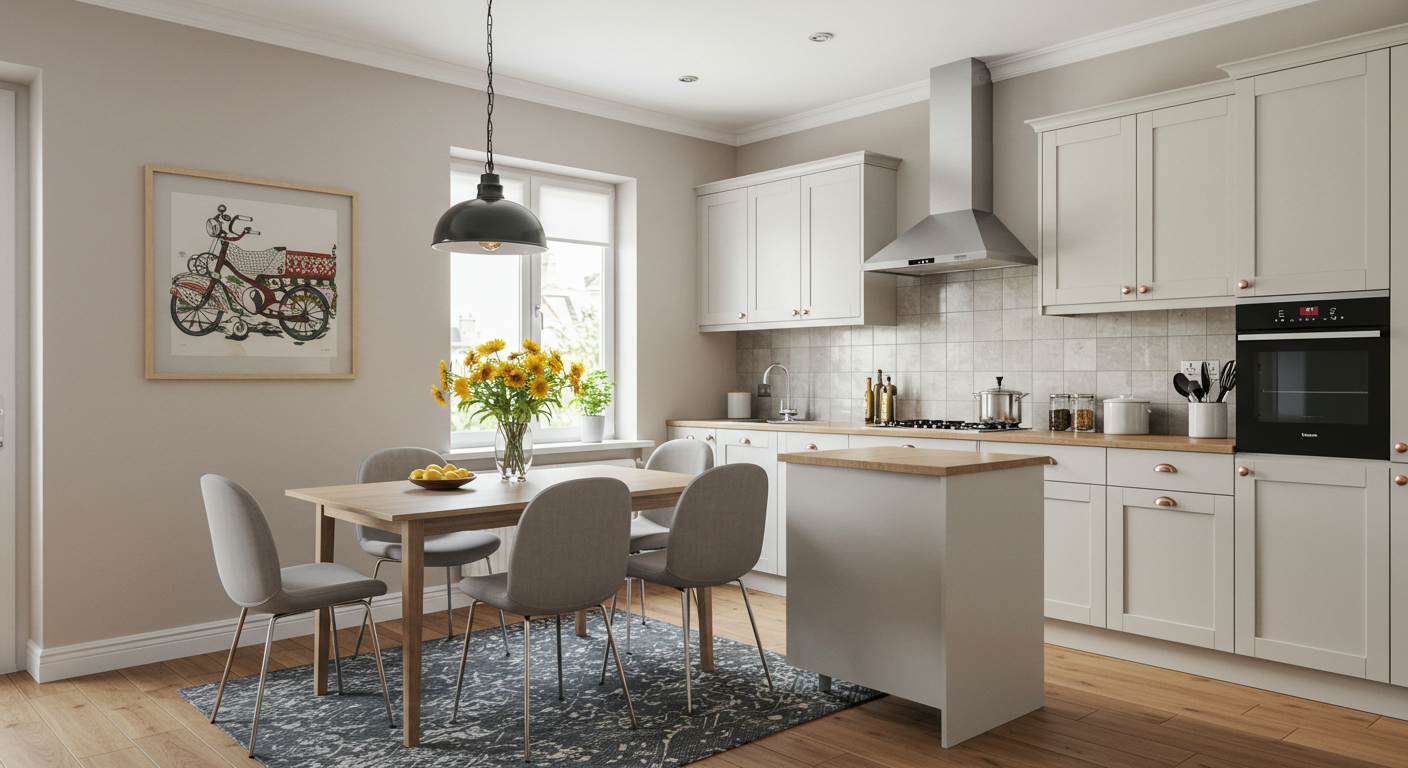
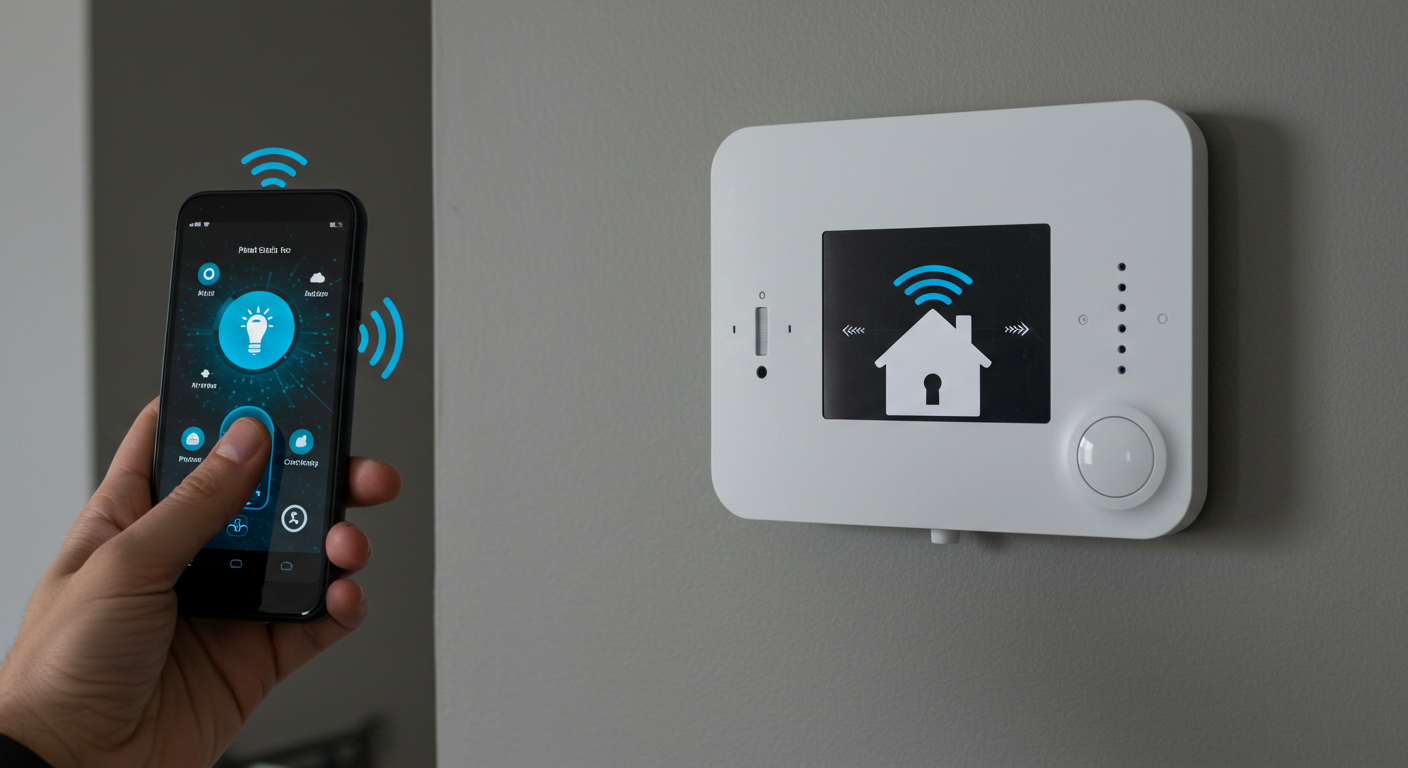
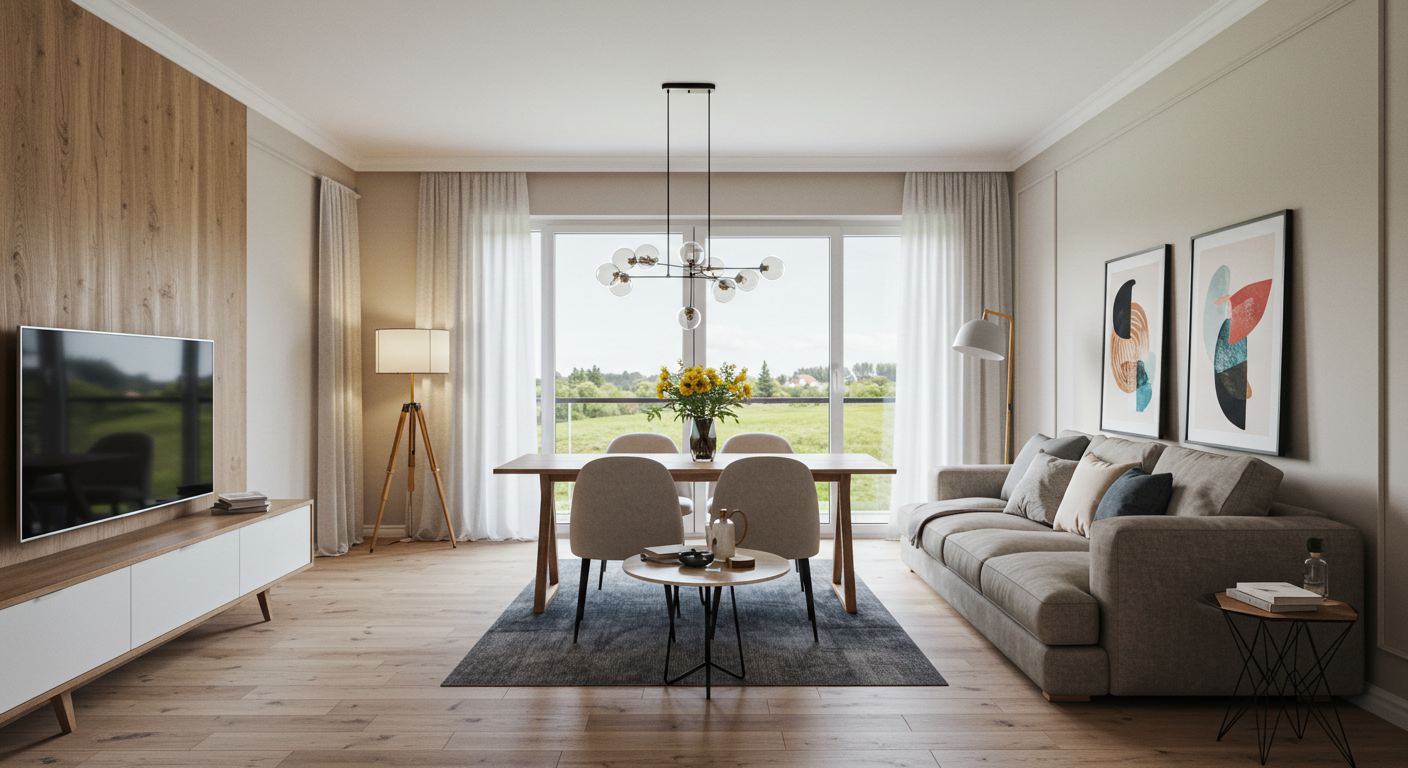
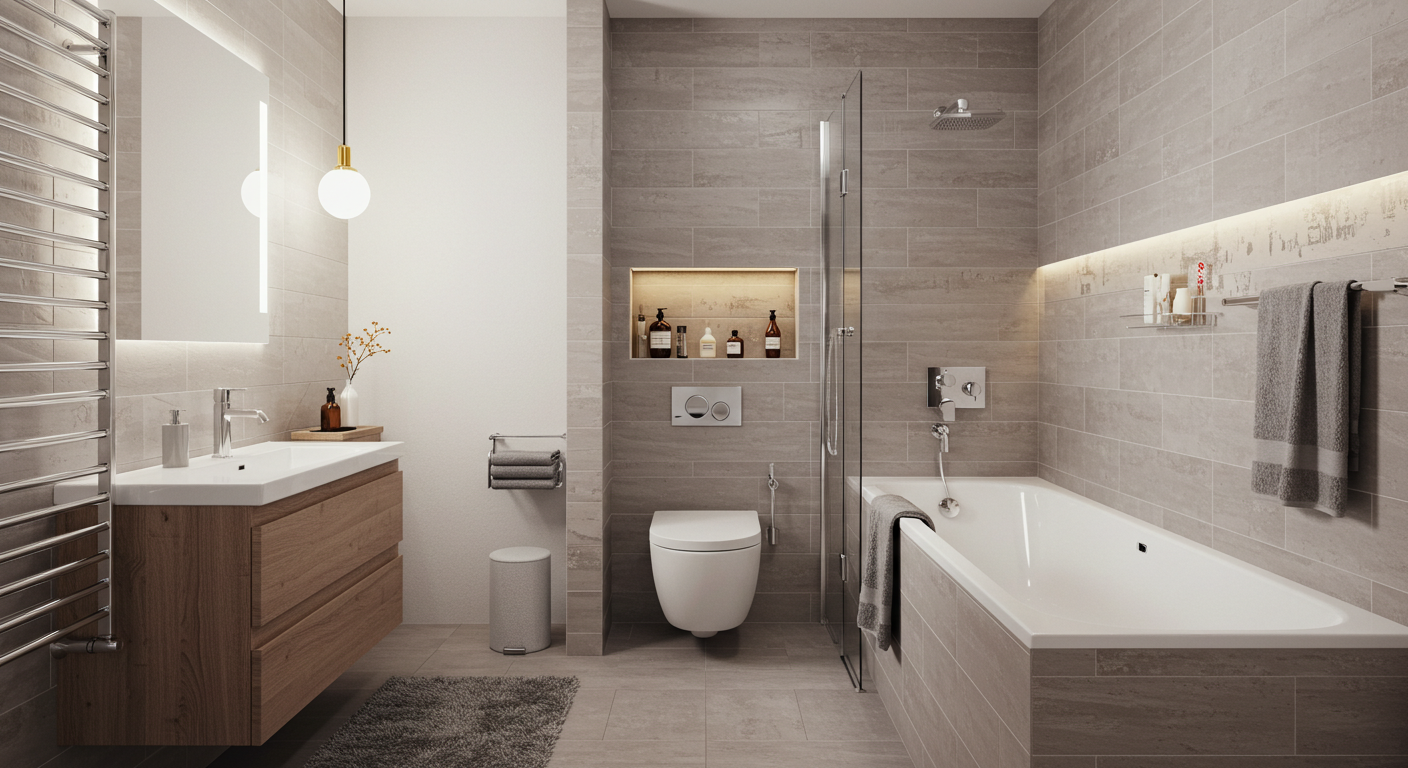

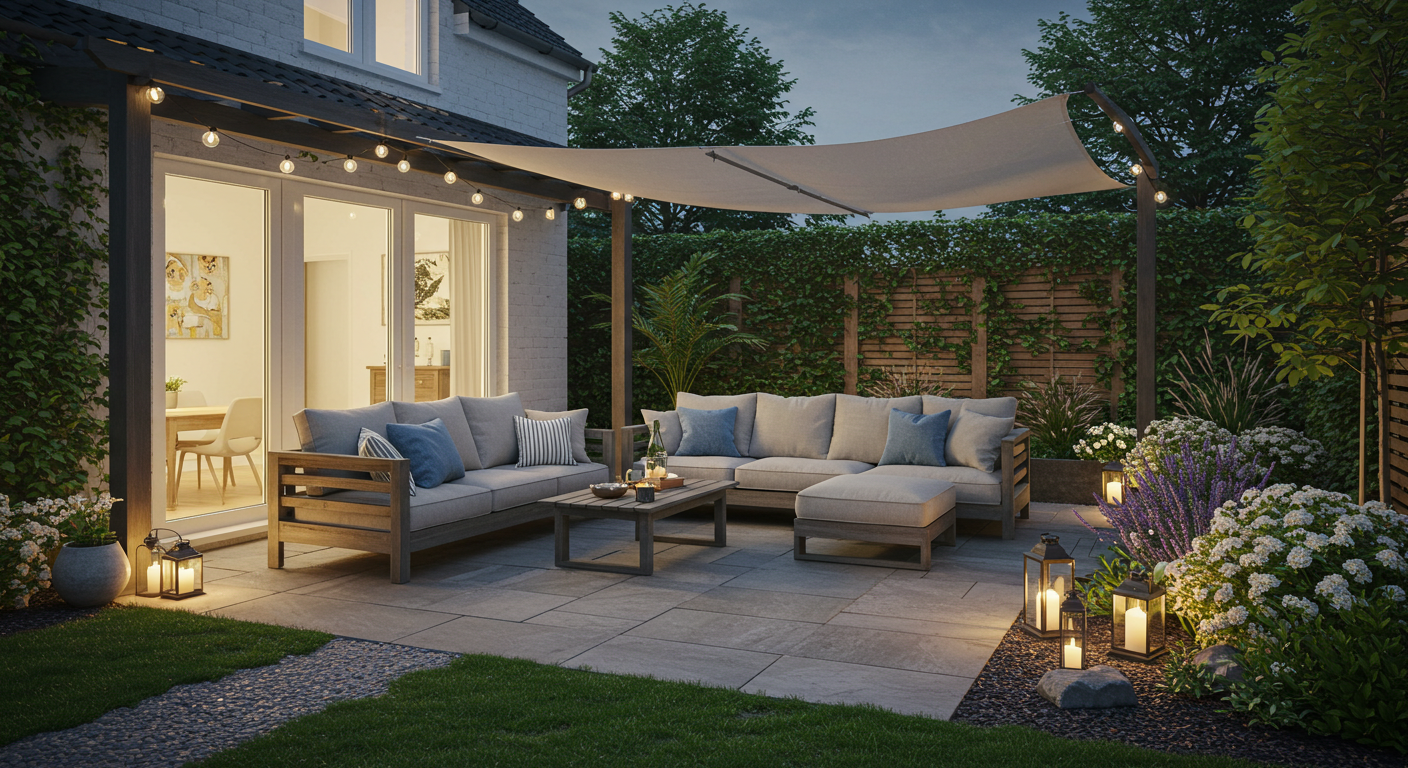
Comment